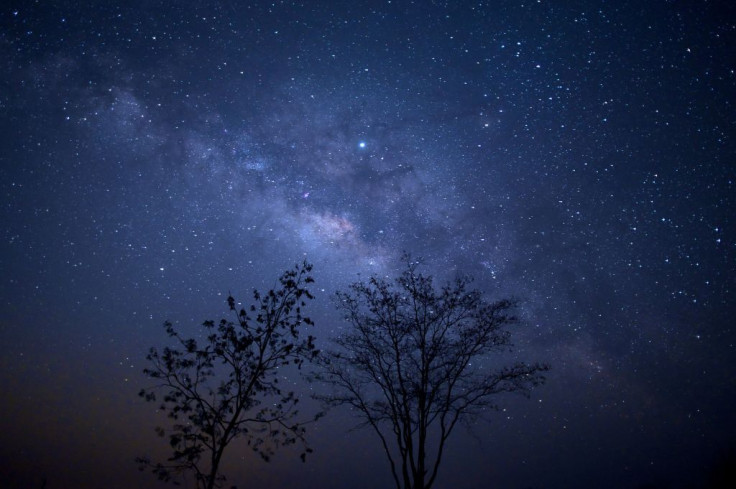Triple Sky Event: Don't Miss The Great Conjunction, Solstice And Ursids Meteor Shower
KEY POINTS
- The highly anticipated Great Conjunction is happening on Monday
- It will coincide with the December Solstice
- The Ursid meteor shower will follow in the early hours of Tuesday
The coming week will be packed with sky events as the Jupiter-Saturn Great Conjunction, the December Solstice and the peak of the Ursids meteor shower will happen around the same time.
The 'Greatest' Great Conjunction
As expected, people have been waiting for Monday's Jupiter-Saturn Great Conjunction for weeks. Such an event is already rare on its own, occurring only every 20 years, but NASA has called Monday's event the "greatest great conjunction" between the two giants because it will be the closest they will be in the next 60 years.
This means that the next time that they will be as close will be in 2080. What's more, having an alignment as close as the one on the 21st has not happened for hundreds of years.
"You'd have to go all the way back to just before dawn on March 4, 1226, to see a closer alignment between these objects visible in the night sky," Rice University astronomer Patrick Hartigan said. "On the evening of closest approach on Dec 21 they will look like a double planet, separated by only 1/5th the diameter of the full moon."
As NASA explained, Saturn will even appear as close to Jupiter as some of its moons during the event. Those who would like to catch a glimpse of this special event may do so even without any equipment. All they have to do is low in the southwest about an hour after the sunset. Those who will use binoculars or perhaps a telescope may see it in the same field of view, NASA said.
Sky-watchers who will miss what's also being called the "Christmas Star" on the 21st will still have a chance to view it in the days after, but NASA explained that the last time that the two planets will appear just half a degree apart will be on Christmas day.
December Solstice
As it happens, the Jupiter-Saturn Great Conjunction will happen on the day of the December Solstice. As NASA explained, this marks the winter solstice in the Northern Hemisphere and the summer solstice in the Southern Hemisphere.
For the Northern Hemisphere, this day marks the astronomical end of fall and the beginning of winter, NASA explained. And with the sun traveling at its lowest, it will bring the Northern Hemisphere's shortest day of the year in terms of daylight.
However, it will be the opposite in the Southern Hemisphere, which will experience its longest day of the year.
The solstice will perhaps have the most marked difference in the North and South Poles, with the former having no sunlight at all and the latter having 24 hours of daylight during this time of the year, Time and Date explained.
Ursid Meteor Shower
According to the American Meteor Society (AMS), the Ursids are typically the "least observed" major annual shower partly because of cloudy December skies and the colder weather. Typically occurring around the time of the December Solstice, the peak of this year's Ursids will occur in the very early hours of Tuesday.
It is expected to display some five to 10 meteors per hour according to EarthSky, noting that the pre-dawn hours are the most favorable time to view the event.
Since AMS explained that this meteor shower will not be visible in the Southern Hemisphere, those in the Northern Hemisphere will likely have an exclusive view of the event. So after being out watching the Great Conjunction and enjoying the lesser daylight because of the solstice, what better way to cap the triple event than to stay and watch out for Ursid meteors.
What's more, EarthSky noted that the popular Gemnids are still on-going and may make a special appearance during the Ursids' peak.
As always, and perhaps even more important to remember at this time of the year, it's important to dress properly for the weather. Given the chilly weather, it's important to bundle up and perhaps even bring a blanket.
Viewing the event from a dark place away from city lights and with a wide view of the sky is advisable, and so is being patient since it takes a while for the eyes to adjust to the darkness. For this event, skywatchers only need to bring a blanket or a lounge chair to lie down on and keep their eyes peeled for Ursids meteors.
Together, these three events from Monday until the early hours of Tuesday will mark an excellent beginning for the holidays.

© Copyright IBTimes 2024. All rights reserved.






















